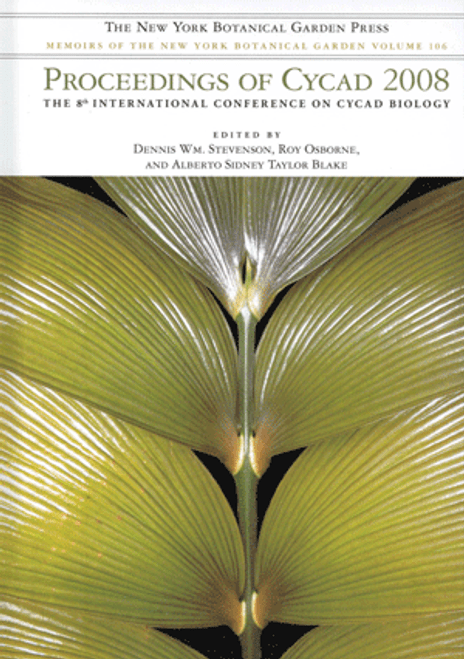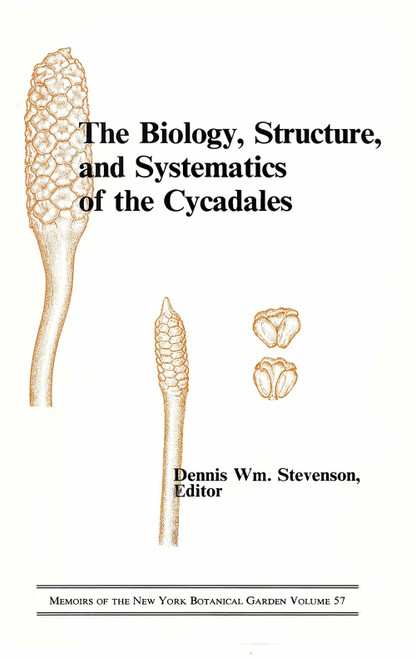This purchase only includes chapter 9 of this title.
This purchase only includes chapter 9 of this title. Please allow up to 3 business days for receipt of the file.
Abstract
MORETTI, A. (Dipartimento di Biologia vegetale, Facolta di Scienze, Universita di Napoli, via Foria 223, Napoli, Italy) Cytotaxonomy of cycads. Memoirs of The New York Botanical Garden 57: 114–122. 1990. Nine genera of cycads have been examined from a cytotaxonomic point of view. Karyotypic data, most of which are newly described, are figured and discussed from a phylogenetic point of view. Robertsonian changes, which involve centric fission or fusion, chromosome loss and chromosome deletion, are proposed to explain karyotype differentiation in Zamia, the only genus with interspecific chromosome variation. On the basis of these mechanisms, a scheme showing the evolution of karyotypes in Zamia is presented. The scheme appears realistic enough even though it does not show correlation with morphological and taxonomic characters of Zamia species. Two cases of infraspecific chromosome variation; Z. roezli with 2n = 22, 24, 25, 26 and Z. paucijuga with 2n = 19, 23, 24, 25, 26, 27, 28, are also discussed. The Robertsonian changes involved in the karyotypic differentiation of nine genera of cycads would be the loss of chromosomes, the rearrangement of large genomic segments, centric fission, and the deletion of chromosome pieces or arms. The different rates of change determined by such mechanisms in the karyotype of each genus are used to single out four generic groupings: Bowenia; Stangeria; Encephalartos, Lepidozamia, Macrozamia and Dioon; Zamia, Ceratozamia and Microcycas. Thus, groupings of genera based on karyotypic characters parallel those of families and tribes of the order as established by morphological criteria.
Keywords: cycads, cytotaxonomy, karyotypic evolution, Robertsonian changes











